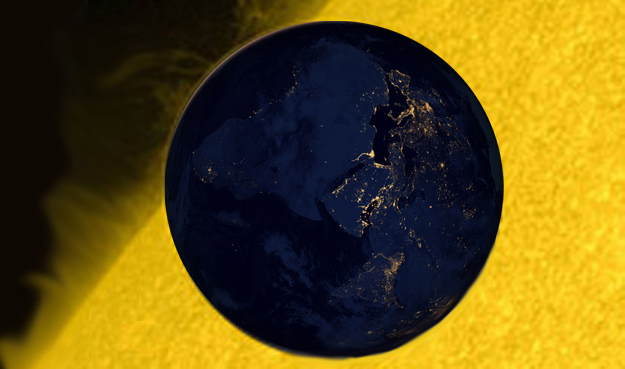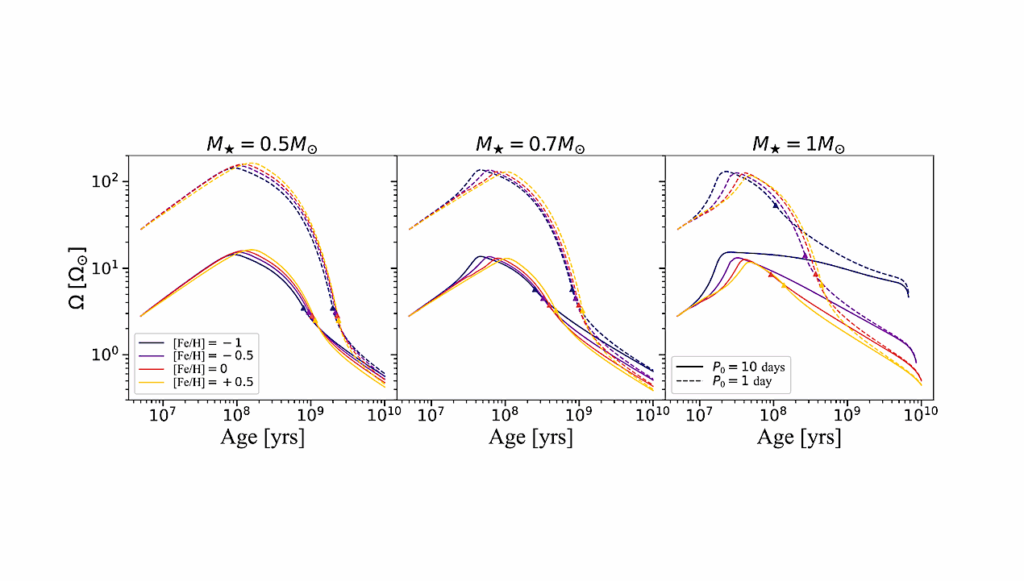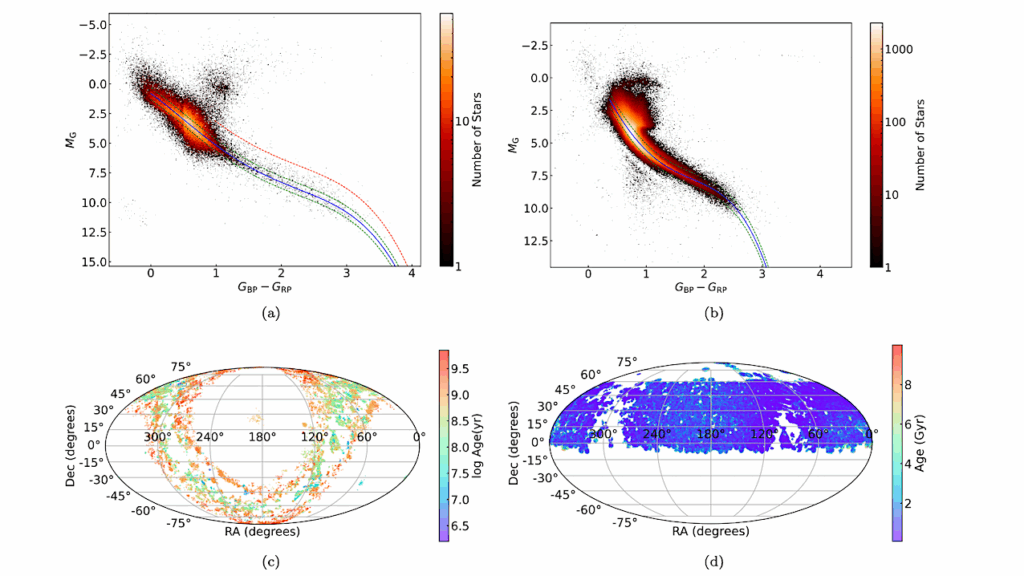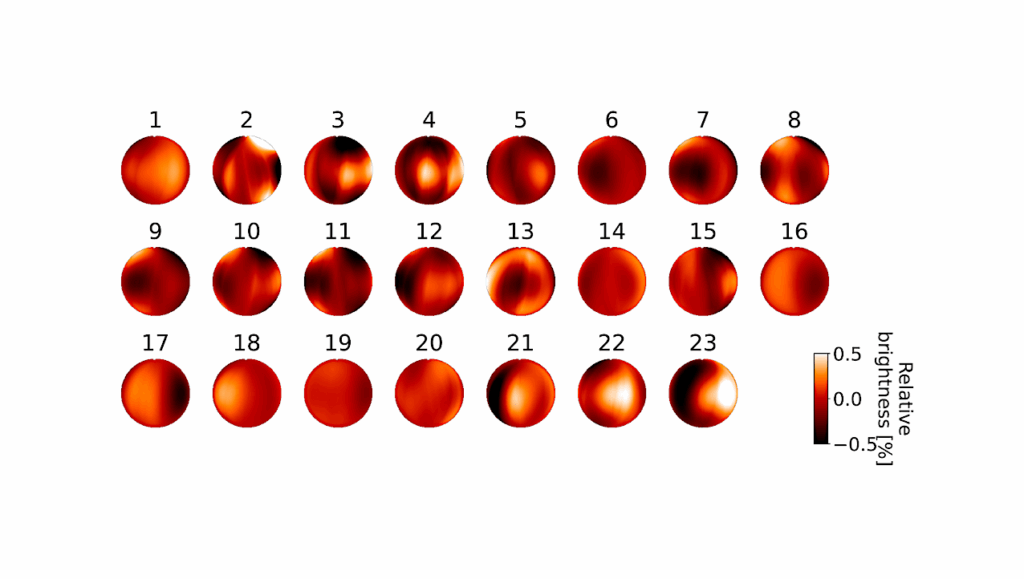Exploring Extreme Space Weather Factors of Exoplanetary Habitability

It is currently unknown how common life is on exoplanets, or how long planets can remain viable for life.
To date, we have a superficial notion of habitability, a necessary first step, but so far lacking an understanding of the detailed interaction between stars and planets over geological timescales, dynamical evolution of planetary systems, and atmospheric evolution on planets in other systems. A planet mass, net insolation, and atmospheric composition alone are insufficient to determine the probability that life on a planet could arise or be detected. The latter set of planetary considerations, among others, underpin the concept of the habitable zone (HZ), defined as the circumstellar region where standing bodies of liquid water could be supported on the surface of a rocky planet.
However, stars within the same spectral class are often treated in the same way in HZ studies, without any regard for variations in activity among individual stars. Such formulations ignore differences in how nonthermal emission and magnetic energy of transient events in different stars affect the ability of an exoplanet to retain its atmosphere.In the last few years there has been a growing appreciation that the atmospheric chemistry, and even retention of an atmosphere in many cases, depends critically on the high-energy radiation and particle environments around these stars.
Indeed, recent studies have shown stellar activity and the extreme space weather, such as that created by the frequent flares and coronal mass ejections (CMEs) from the active stars and young Sun, may have profoundly affected the chemistry and climate and thus habitability of the early Earth and terrestrial type exoplanets. The goal of this white paper is to identify and describe promising key research goals to aid the field of the exoplanetary habitability for the next 20 years.
V. S. Airapetian (GSFC/SEEC and American University, DC), V. Adibekyan (UPORTO), M. Ansdell (University of Hawaii), O. Cohen (University of Massachusetts Lowell), M. Cuntz (UFZ), W. Danchi (GSFC/SEEC), C. F. Dong (Princeton University), J. J. Drake (Harvard-Cfa), A. Fahrenbach (Caltech), K. France (CU Boulder), K. Garcia-Sage (GSFC/SEEC/CUA), A. Glocer (GSFC/SEEC), J. L. Grenfell (German Aerospace Center), G. Gronoff (NASA LaRC/SSAI), H. Hartnett (Arizona State University), W. Henning (NASA GSFC), N. R. Hinkel (Arizona State University), A. G. Jensen (UNK), M. Jin (LMSAL), P. Kalas (UC Berkeley), S. R. Kane (UC Riverside), K. Kobayashi (Yokohama National University), R. Kopparapu (GSFC/SEEC/UMD), J. Leake (GSFC), M. López-Puertas (Inst de Astrofisica de Andalucía), T. Lueftinger (University of Vienna), et al. (23 additional authors not shown)
(Submitted on 10 Mar 2018)
Comments: 6 pages, the white paper submitted to the US National Academy of Sciences call on Exoplanet Science Strategy
Subjects: Earth and Planetary Astrophysics (astro-ph.EP)
Cite as: arXiv:1803.03751 [astro-ph.EP] (or arXiv:1803.03751v1 [astro-ph.EP] for this version)
Submission history
From: Vladimir Airapetian
[v1] Sat, 10 Mar 2018 03:54:52 GMT (260kb)
https://arxiv.org/abs/1803.03751
Astrobiology








